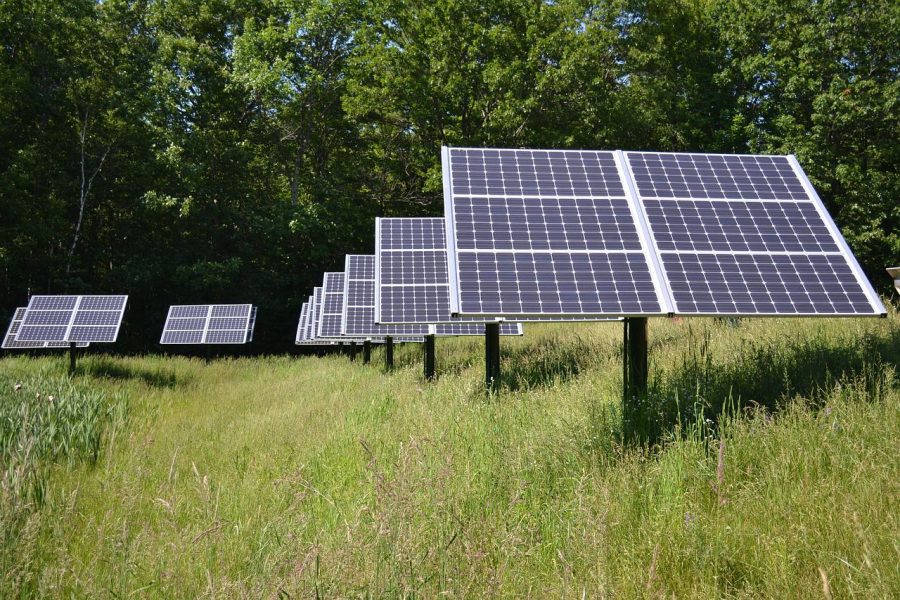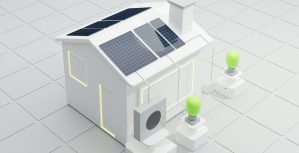Understanding the Solar Panel Installation Process: What to Expect from Start to Finish
As the shift towards renewable energy continues to gain momentum, more homeowners are considering solar panels as a viable option for reducing energy costs and contributing to environmental sustainability. Market experts indicate that in 2023, 53% of all new electric capacity added to the grid came from solar.
One significant reason behind this growth is the increasing efficiency of solar technology. According to the latest research, Hoffman Electric achieved only 14% PV cell efficiency in the late 1960s, whereas by 2015, organizations like Panasonic and SolarCity had announced an increase in efficiency of up to 22%. Further, researchers have developed PV cells with an efficiency of almost 50%, and the percentage is growing with time.
Evidently, the growth of solar energy will continue in the following years, with more consumers switching to this green, cost-effective energy source for residential, commercial, and industrial use as well.
If you too are contemplating making the switch to solar energy, understanding the entire installation process from start to finish can help you make an informed decision and prepare for each step along the way.
To help you with the task, we have brought you a comprehensive, step-by-step guide to solar panel installation. Read on to learn more about the entire process and what to expect at the various stages.
Overview of Solar Power
Solar power harnesses energy from the sun using photovoltaic (PV) cells, converting sunlight into electricity. This clean and renewable energy source not only helps reduce greenhouse gas emissions but also decreases reliance on fossil fuels. As technology advances, solar panels have become more efficient and affordable, making them an attractive option for homeowners looking to cut down on their utility bills and enhance their property’s value.
Benefits of Using Solar Power as a Homeowner
1. Cost Savings
Solar panels can significantly reduce or even eliminate your electricity bills, providing substantial long-term savings.
2. Environmental Impact
By using solar energy, you lower your carbon footprint and help combat climate change.
3. Energy Independence
Generating your own electricity reduces dependence on the grid and protects you from rising energy costs.
4. Increased Property Value
Homes equipped with solar panels often see an increase in property value, making them more attractive to potential buyers.
5. Government Incentives
Many regions offer tax credits, rebates, and other incentives to encourage the adoption of solar energy, further reducing the initial investment cost.
Step-by-Step Guide to the Solar Panel Installation Process
1. Initial Consultation and Site Assessment
During this step, a solar consultant will visit your home to evaluate your energy needs, inspect your roof’s condition, and determine the best placement for the panels. They will also discuss your energy goals and answer any questions you may have.
- Pro-Tip: Prepare a list of questions about solar energy, financing options, and the installation timeline to maximize the value of your consultation.
2. System Design and Proposal
Based on the site assessment, the consultant will create a customized system design and provide a detailed proposal, including the estimated energy output, cost, and potential savings. This proposal will help you understand the financial benefits of your investment.
- Pro-Tip: Review the proposed system design carefully and consider seeking a second opinion to ensure you are getting the best solution for your needs.
3. Permitting and Approvals
The solar company will handle the necessary permits and approvals from local authorities and your utility company. This step ensures that your solar installation complies with local regulations and grid requirements.
- Pro-Tip: Stay informed about the permitting process and timelines by regularly communicating with your installer and checking for updates.
4. Installation
On the scheduled installation day, the solar installation team will arrive to set up the solar panels, inverters, and necessary electrical components. This process typically takes one to three days, depending on the system’s complexity and your roof’s size.
- Pro-Tip: Plan for the installation day by ensuring easy access to your roof and clearing the installation area of any obstacles.
5. Mounting the Solar Panels
The installation team will install the mounting system that secures the solar panels to your roof. This involves attaching brackets to your roof and ensuring they are properly aligned and secure. The mounting system must be robust enough to withstand various weather conditions.
- Pro-Tip: Ensure your roof is in good condition before installation to avoid additional costs or delays. If necessary, schedule any roof repairs in advance.
6. Electrical Wiring
Next, the installers will run electrical wiring from the solar panels to the inverter and the main power switch. This step involves connecting the panels to the inverter, which converts the DC electricity generated by the panels into AC electricity used in your home.
- Pro-Tip: Verify that your chosen installation company is licensed and certified to perform electrical work to ensure safety and compliance with local regulations.
7. Connecting to the Inverter
The inverter plays a crucial role in your solar power system. It converts the DC electricity produced by the solar panels into AC electricity. The installers will connect the solar panels to the inverter, which is typically placed in an accessible location, such as your garage or near the main electrical panel.
- Pro-Tip: Research different inverter options (string inverters, microinverters, and power optimizers) to choose the best fit for your energy needs and budget.
8. Connecting to the Grid
To integrate your solar system with the local grid, the installation team will connect your system to your home’s electrical panel. This connection allows you to use solar power directly and send excess energy back to the grid, earning you credits on your electricity bill through net metering.
- Pro-Tip: Understand your net metering agreement and how it will affect your electricity bills and potential savings.
9. System Testing and Commissioning
After all components are installed and connected, the installation team will test the entire system to ensure it operates correctly. This includes verifying the electrical connections, checking the inverter functionality, and ensuring the panels are generating the expected amount of power. Once testing is complete, the system will be commissioned, and you’ll receive instructions on how to monitor your solar energy production and maintain your system.
- Pro-Tip: Ask for a detailed walkthrough of the system operation and maintenance tips from your installer to ensure you know how to monitor and care for your system.
10. Inspection and Activation
After installation, a local government inspector will review the system to ensure it meets safety and code standards. Once approved, your utility company will install a net meter, and your solar system will be activated. You can now start generating clean, renewable energy.
- Pro-Tip: Keep a copy of all relevant documents and permits in a safe place for future reference.
In Conclusion
Understanding the solar panel installation process can help you feel more confident and prepared as you embark on your journey toward renewable energy. From the initial consultation to system activation, each step is designed to ensure your solar system is tailored to your specific needs and installed to the highest standards.
Throughout the installation process, efficient coordination and communication are crucial. Many solar companies use field service management software to streamline scheduling, track progress, and manage customer interactions. This software ensures that each step of the installation process is handled smoothly and that any issues are promptly addressed.
By following these steps, you gain a comprehensive understanding of the solar panel installation process, ensuring a smooth transition to renewable energy for your home. From mounting the panels and running electrical wiring to connecting to the grid and system testing, each phase is essential for the optimal performance and longevity of your solar power system. With these insights and pro-tips, you’re now well-equipped to navigate your solar installation journey and enjoy the many benefits of clean, sustainable energy.
Share It on :





